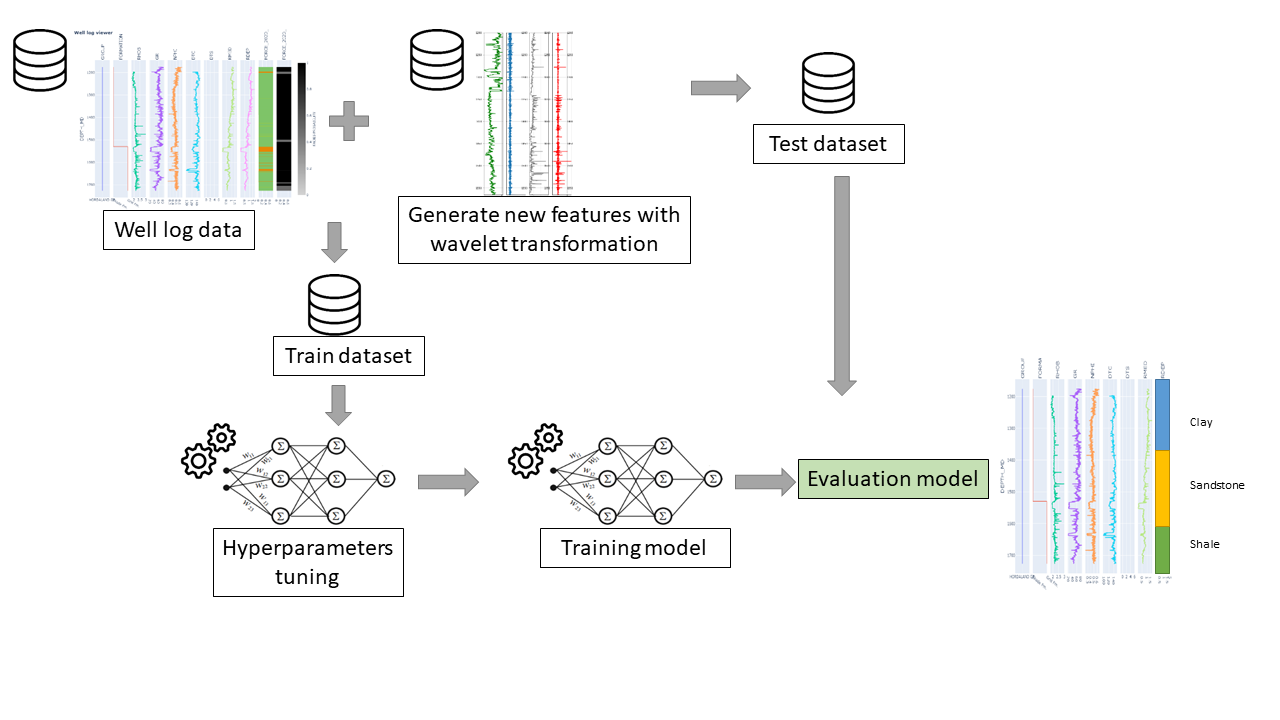A Comparison of Machine Learning Algorithms in Predicting Lithofacies: Case Studies from Norway and Kazakhstan
Published in Energies, 2021
Recommended citation: Merembayev T, Kurmangaliyev D, Bekbauov B, Amanbek Y. A Comparison of Machine Learning Algorithms in Predicting Lithofacies: Case Studies from Norway and Kazakhstan. Energies. 2021; 14(7):1896. https://doi.org/10.3390/en14071896

“Defining distinctive areas of the physical properties of rocks plays an important role in reservoir evaluation and hydrocarbon production as core data are challenging to obtain from all wells. In this work, we study the evaluation of lithofacies values using the machine learning algorithms in the determination of classification from various well log data of Kazakhstan and Norway. We also use the wavelet-transformed data in machine learning algorithms to identify geological properties from the well log data. Numerical results are presented for the multiple oil and gas reservoir data which contain more than 90 released wells from Norway and 10 wells from the Kazakhstan field. We have compared the the machine learning algorithms including KNN, Decision Tree, Random Forest, XGBoost, and LightGBM. The evaluation of the model score is conducted by using metrics such as accuracy, Hamming loss, and penalty matrix. In addition, the influence of the dataset features on the prediction is investigated using the machine learning algorithms. The result of research shows that the Random Forest model has the best score among considered algorithms. In addition, the results are consistent with outcome of the SHapley Additive exPlanations (SHAP) framework.”
